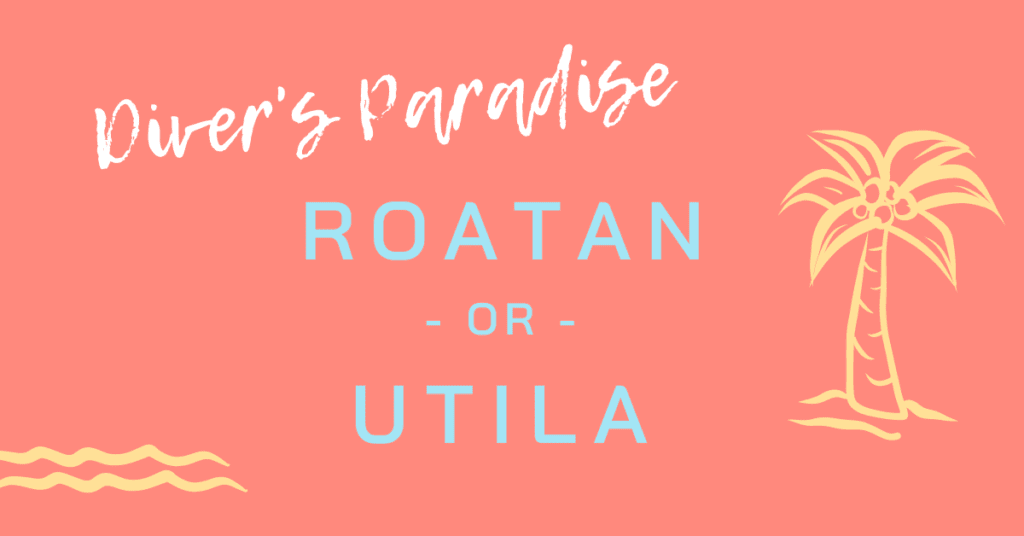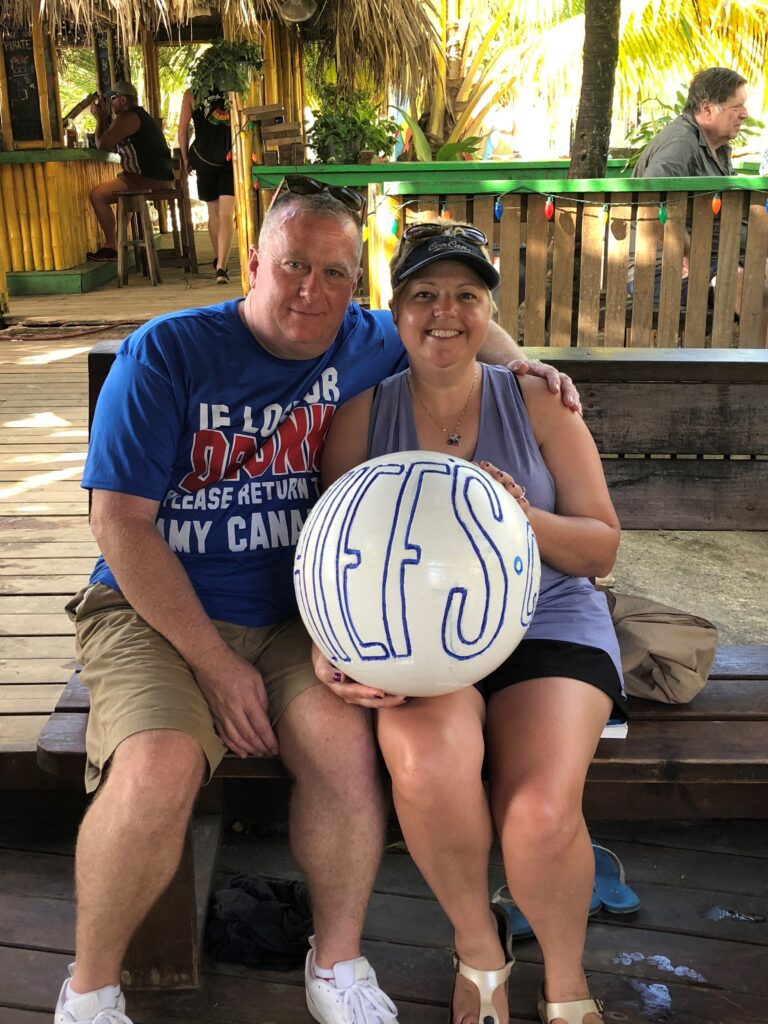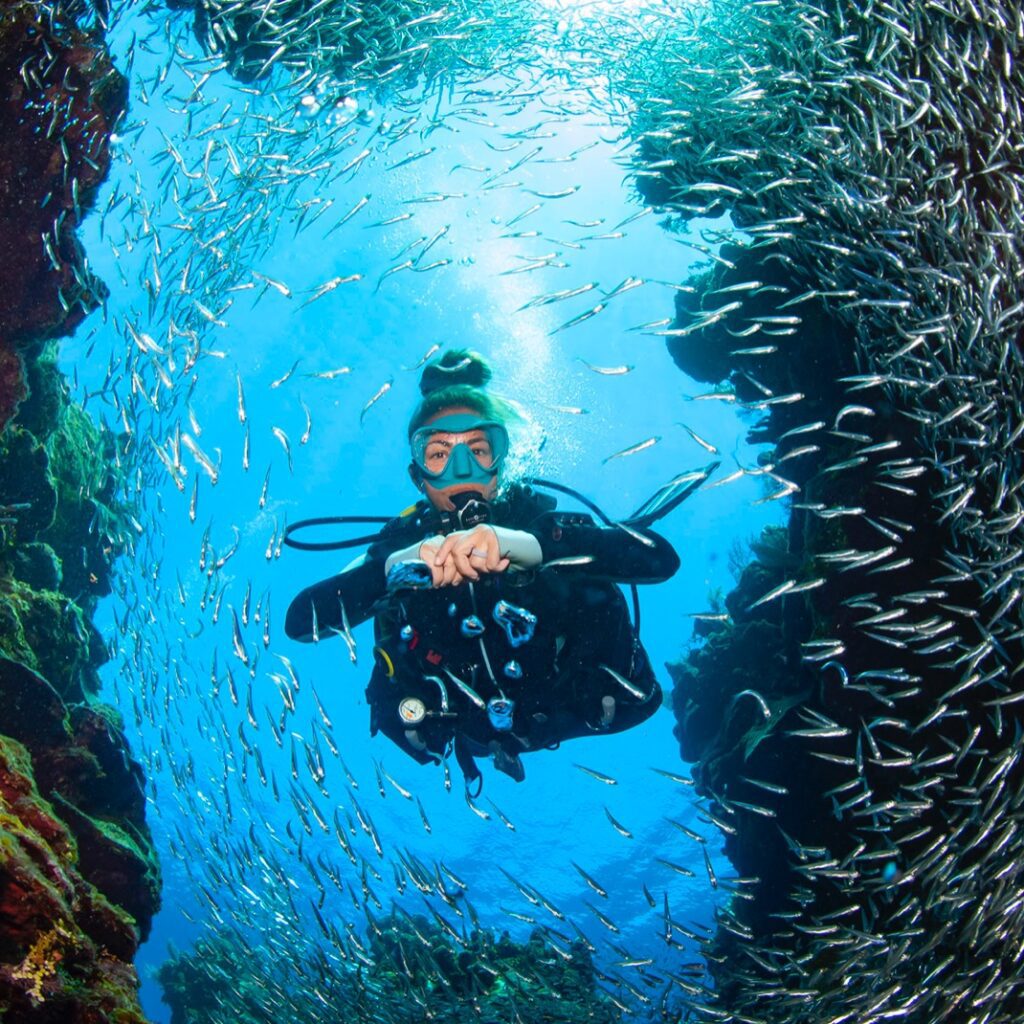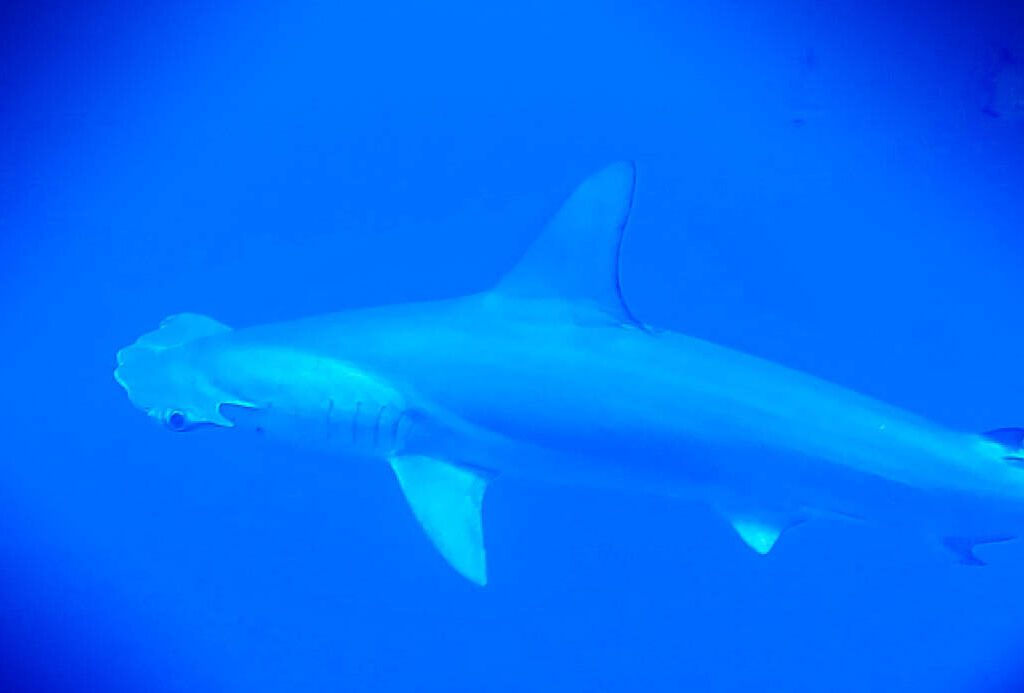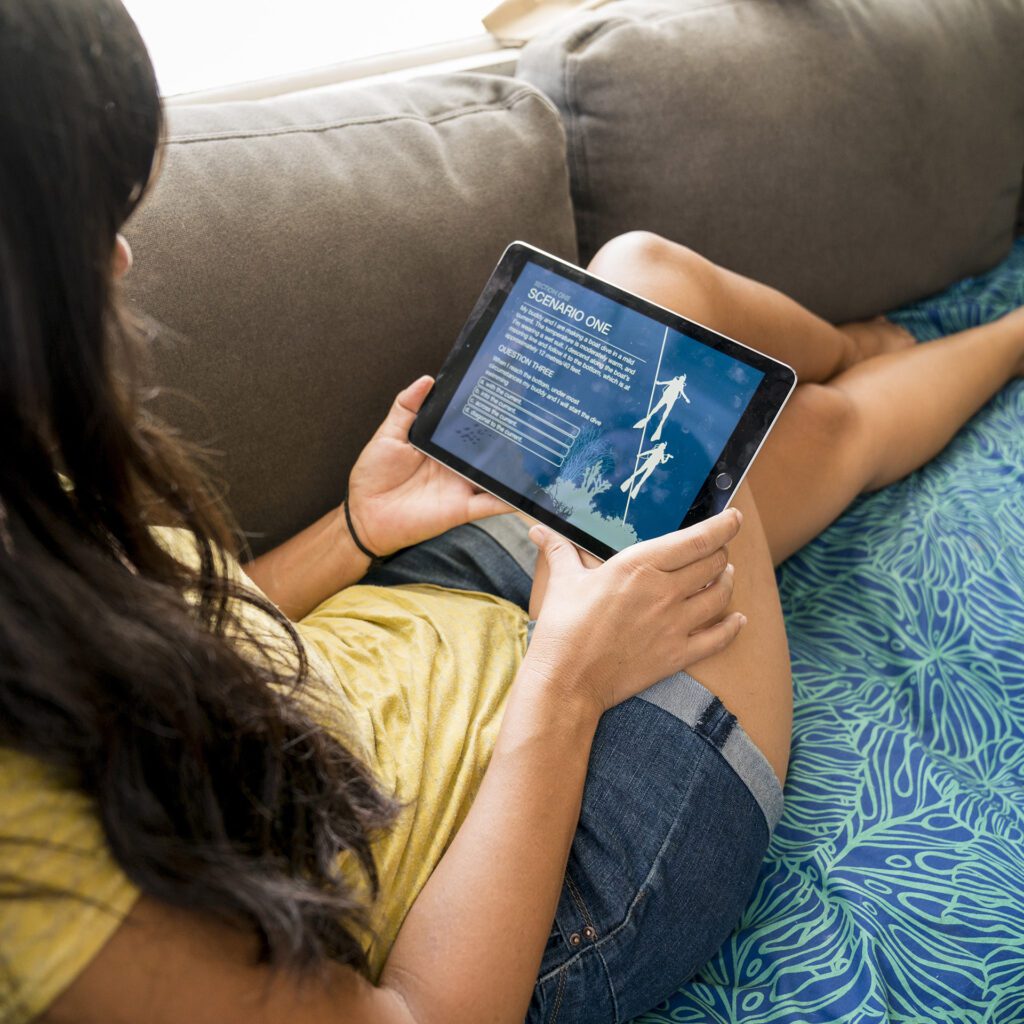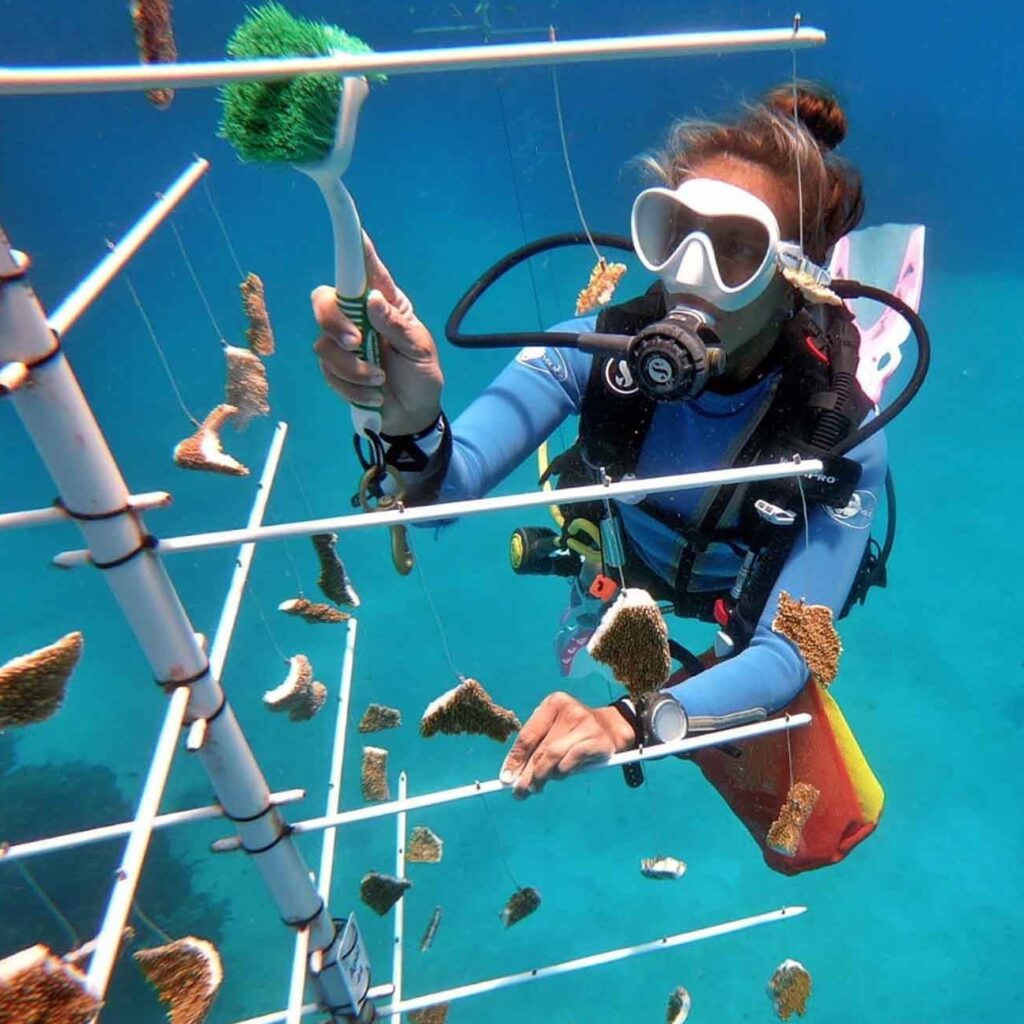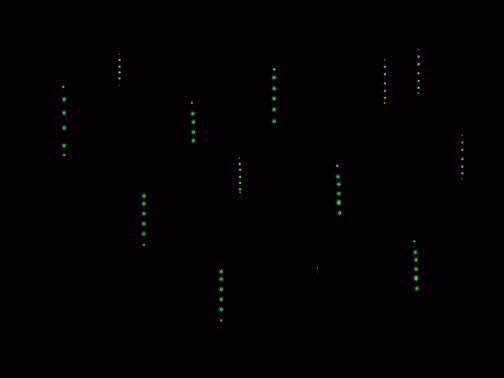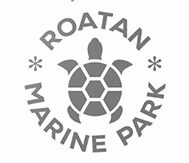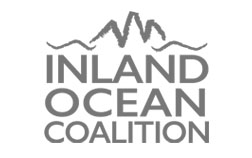Topic: Blogs
Top 10 Roatan Dive Sites
When people come to dive in Roatan for the first time, the question is always the same: What are the top-rated, must-see dive sites on the island?
Just one look at the Roatan Dive Sites Map and you can see that there are hundreds of sites to choose from. So, choosing just 10 is no easy feat. That’s why we decided to ask the experts: the Sun Divers’ team of instructor-divemasters.
Needless to say, there was much deliberation and debate. And some really tough decision making. To appease our expert panel, we added an “Honorable Mention” category. That way, no one felt guilty for leaving a spectacular Roatan diving experience off the list.
Before we get to the results, like any survey, you should know our methodology.
Choosing the Top 10 Roatan Dive Sites
It started with getting the most qualified experts to contribute. Enter the Sun Divers team of PADI instructors. Consisting at the time of eight members, this group of experts represents a combined 80 years of experience in Roatan diving. The group also brings a diverse set of expertise and interests. Some love the macro, some love the adventure of walls and swim throughs, and some love the simple serenity of Roatan’s reef. The combined experience of the group gives our survey results a lot of weight.
Each person provided their Top Ten list and then rankings were weighted based upon how often a site was selected and where they sat in the ranking from 1-10, with the number one spot being their most favorite site here in Roatan.
What is so special about Roatan diving?
One of the most difficult aspects of a survey like this is the sheer volume of sites and options. Unlike many dive destinations that have limited sites to select from, Roatan is a 40-mile-long island, and the entire coastline (over 80 miles) is surround by reef. It not only represents the best of Honduras scuba diving, it ranks on many best of lists for the Caribbean. No matter where you jump in, you will be surround by life and reef as far as you can see. Much of the reef is unnamed so the sites that are listed here are from the list of named options.
In addition, the island presents a highly diverse selection of experiences. Sheer walls, expansive plateaus, exciting drifts, spectacular wrecks, expansive swim throughs, captivating macro, out-of-this world night dives, and deep technical options. All of which are engulfed in life and color.
There is no way to have the perfect top 10 list because everyone has different taste. But with this list, I guarantee there will be something for everyone.
So, without further delay here is the Sun Divers Top 10 Roatan Dive Sites list.
Drum Roll Please…
Top 10 Roatan Dive Sites
#10 – Seamounts
#9 – Half Moon Bay Wall
#8 – Rockstar
#7 – Mandy’s Eel Garden
#6- Sea Quest Deep
#5 – West End Wall
#4 – Blue Channel
#3 – Mary’s Place
#2 – Hole in the Wall
#1 Texas & Pablos
Top 10 Roatan Dive Sites Details
Skill Level: Advanced
Location: approximately 12 miles south of Roatan
Key Features: Massive schools of fish, robust current, unspoiled reef
List-worthy because: The Seamounts are one of the highlights of diving Honduras, however, they fall lower on the list because of the challenges to get there, and the variability of the conditions making it an advanced dive.
The Seamounts are exactly as the name suggests, two underwater mountains rising from the depths to provide a sanctuary of life in the middle of the ocean. The circle of life is more evident on the seamounts than anywhere else on the island with schools or predatory jacks, pelagic hunters, and giant schools of fish. The reef is pristine due to the low diving pressure, but it also comes with unpredictable currents and no land references when on the surface. For these reasons, diving the seamounts is idea for advanced divers.
At Sun Divers, we often combine a trip to the seamounts with a once-in-a-lifetime day trip to remote islands Cayos Cochinos.
This Honduras dive site would undoubtedly rank higher if it were more accessible, but the sheer beauty makes it a bucket-list option.
Skill Level: All
Location: a stone’s throw from Sun Divers and Half Moon Bay (hence the name!)
Key Features: Beautiful wall with enormous barrel sponge formations.
What makes it special: Half Moon Bay wall could be considered our back yard – literally a minute from the dock. But aside from a convenient one-minute trip from our dive shop, Half Moon Bay Wall is known for it’s dramatic wall that descends vertically from 50 to 120 feet, and for the beauty of the corals and Giant Barrel Sponges that adorn it.
Skill Level: All
Location: about 10 miles up the Northern coast just off of Pristine Bay
Key Features: A series of large pillars and platforms off of the main wall create a wide channel for divers to be surrounded on both sides for the duration of the dive.
What makes it special: This is one of those dive sites that makes you feel small in a good way. From the mooring line you will drip down into a large trench at 60 ft where you’ll remain for most of the dive. On one side of the trench is the main wall and on the other are a series of pinnacle coral structures the run parallel to the wall… giving you the feeling of being surrounded by coral. As you continue to the end of the dive you will shallow up in a field of soft corals and variety of sponges in the area considered the Garden of Eden.
Skill Level: All
Location: Southern end of West Bay
Key Features: Brilliant sand patch that Eagle rays love, easy-to-access swim throughs, and expansive Garden Eel habitat
What makes it special: Jumping in over the sand patch is such a welcoming experience to the reef. The sand reflects the sunlight in spectacular fashion as you cruise to the first swim through welcoming you to the reef. On the other side of the swim through you find yourself staring down an extensive wall.
While not as deep as other Roatan dive sites, at the 70-foot mark, the reef will again transition to sand – which is where you will find a number of large colonies of Garden Eels peacefully plucking food from the flowing water. Don’t get too close or they will withdraw into their holes. If you stay just far enough away, you can marvel at the true “garden-like” habitat that they create.
Also, on this dive you will find big mantis shrimp, sting rays, and frequent passing Eagle Rays.
Mandy’s is a great spot for all levels of divers, but especially welcoming to new divers because of the mild topography and limited currents.
Skill Level: All
Location: Between West End and West Bay… about a 5-minute ride from the Dive shop.
Key Features: Sandy plateaus surrounded by patch reef and shallow walls and the Roatan Marine Park’s Coral Nursery trees
Like so many of Roatan’s dive sites, this is another site that is nice for beginners and advanced divers. The site is divided into a “shallow” and “deep” sections marked by different mooring lines. The shallow site is perfect for new divers while the “deep” site flows out to a short wall. The deep site mooring line is in 40 feet of water, which creates a deeper profile – therefore a more advanced diver. The site itself, doesn’t present any other advanced challenges beyond air and NDL limitations.
One of the highlights is swimming through the Roatan Marine Park’s coral nursery, which is where they rescue fragments of opportunity, as well as propogate new fragments for coral restoration. Many times you will see our own team in the nursery, certifying volunteers to become Roatan Marine Park Coral Ambassadors.
Skill Level: Advanced
Location: Southern West Bay, on “The Point”
Key Features: West End Wall frequently features a nice current which creates an environment supporting a lot of fish life.
What makes this dive special: Located on the southwestern tip of the island, it is often one of the islands most dramatic drift dives. The site starts close to the iron shore at 20 feet and then drops dramatically to 90 feet. Throughout the duration of the dive you will run into a variety of deep caverns carved from the shallows to the deepest parts of the wall. On a day with crystal clear viz you might even spot the Josie James wreck that rests at a depth of 200 feet (beyond recreational dive limits).
The predictable current leads to a very fishy dive often featuring endless trains of Creole Wrasse, big schools of Jacks, and the occasional eagle ray passing by.
If you time it right, in August, Silversides can often be found in the crevices of the wall – which in itself is a bucket-list experience.
Skill Level: All
Location: Between West End and West Bay Straight off of Tita’s Pink Seahorse beach bar
Key Features: Beautiful wall, long swim-throughs, macro heaven, and grassy habitat
What makes this dive special: Diving at Blue Channel is like having three dives in one site. Most often, your dive will start on the wall and you will enter a beautiful channel that connects the open ocean to the inner waterway. As you enter the channel, you will immediately come upon an entrance to a swim through. But this isn’t just any swim through. Be prepared to weave your way through a maze of tunnels for the next seven or eight minutes. There are easy and frequent exit points, but why would you? The swim through is epic.
At the end of the swim through you will be mid-channel and starting to enter into a macro-lovers heaven. As you continue along the channel you will start to notice more of the turtle grass the covers the inner water ways. This grassy area presents a completely different habitat introducing another ecosystem to explore. Tons of Nudibranchs, starfish, and upside-down jelly fish with symbiotic relationships with small critters make for a photographer’s dream. Keep heading toward shore and you might discover a “wreck” or more like a small sunken sailboat teaming with life. What’s that big shadow in the distance? Oh, just a huge school of “goggle eyes,” also better known as Bigeye Scad. Swim toward them and watch the school part ways and then engulf you. Keep an eye out, sometimes huge barracuda like to hang out in the eye of the Scad storm.
Unfortunately, your dive will have to come to an end, but you have been spending the last 10 minutes in 15 to 20 feet of water, doing a delightful swimming safety stop.
Skill Level: Advanced
Location: about 15 miles from the dive shop on the South side of the island (French Harbor area)
Key Features: Fascinating Geological reef formation featuring deep crevices covered in life
What makes this dive special: Mary’s Place is considered one of the world’s top dive sites. This site is unique due to the way geologic events have shaped the site. At one time, this site was a normal section of the reef, but many thousands of years ago a geologic event split part of the reef off from the rest of the plateau. The result of the event is a giant crevice that extends from the surface down to 100 feet.
The dive usually starts at the deepest points winding your way through the multiple crevices as you work your way to the shallows. Each crevice is covered in hard and soft flowing corals giving you the sense of swimming through hallways of life.
The southside of the island often presents windy weather and rougher water, which makes getting to Mary’s Place a bit weather dependent. In addition, due to the deeper profile, it is recommended for advanced divers.
Skill Level: Advanced
Location: Just off of the Gibson Bight channel, about 5 minutes from the shop
Key Features: Deep chute followed by a maze of swim throughs
What makes this dive special: You start the dive in 20 feet of water and then immediate drop into a steep cavern that doesn’t end until you hit 100+ feet. There is a keyhole feature at about 150 feet which is usually patrolled by a school of horse-eyed jacks. Beyond the keyhole is the deep blue of open ocean. It is a spectacular sight and by itself is worth the dive.
But your experience has just begun. There are multiple routes to take on this site, but a popular one is to turn up another chute that takes us back toward the shallows in a steep incline. The entire trip down and back up is about 8 minutes. At this point we exit the chute in about 35 feet and begin exploring the maze of swim throughs, caverns and horse shoe passages, that give the shallow rock formation it’s nickname of “swiss cheese.” That will consume the remainder of the dive. With so many swim throughs it is one of those sites that can be a different dive every time you do it.
Skill Level – Advanced
Location – “The Point” on the southwestern tip of the island
Key Features: Robust drift and endless schools of fish
What makes this dive special: Although it is technically two sites, the natural current in the area will usually carry you over both sites. The current is also the primary reason why these sites are special, it brings nutrient rich water through the area which attracts numerous schools of fish ranging from the thousands of blue creole wrasse to the predatory jacks and tunas that will flash through the area.
The drift element makes this an advanced dive as well as the constant depth. It is best done on nitrox to maximize the drift depth in the 40 to 60 foot range. There is also a beautiful Barrel Sponge “garden” where you can usually spot the elusive Sargassum Triggerfish as well! The water conditions on the point can get a little rough, so this is a weather dependent site, but it is always worth the wait.
Honorable Mentions
And what list would be complete without an honorable mention:
- Bear’s Den: You feel like an underwater explorer in the truest sense when you start this dive. From the moment you drop in, you’re greeted by the thrill of a swim through. Then throughout the dive, you can explore the shallow water caverns that give this site its name. If you’re in luck, you’ll find a den filled with Glassy Sweepers backlit by sun rays that make their way through holes in the roof.
- Spooky Channel: Some people love it, others hate it. It is a geological wonderland as a prehistoric natural sliver of a channel (as seen from the surface) that opens up to a cavern the size of a large building that you would never suspect before you jump in. The channel can be incredibly clear or a murky haze (ie. “spooky”). Either way, you will experience an original unforgettable dive.
- Gibson Bight: This site has nutrient rich water coming from Gibson Bay keeping it teeming with schools of fish and diverse marine life. But, what we really love about this site, is the cool J-shaped canyon with an overhang that creates an interesting swim through and then spits you out onto the wall. Spotted eagle rays can usually be seen towards the bay and we always seem to have seahorse luck at this site.
- The Odyssey: One of the two premier wrecks on Roatan, The Odyssey is over 300 feet long and has been submerged since 1997 so it has a lot of life encrusting the old cargo hull. The dive is for advanced divers only as the wreck sits in 100 feet of water. Best done on Nitrox. If you like big wrecks, you will also enjoy El Aguila – another of Roatans premier wreck dives.
- Cemetery Wall: A rare site for us to visit due to its location on the unpredictable south side of the island… but on those rare days when the Southside is a better option, we will seek out Cemetery Wall due to its fields of flowing soft corals and dramatic sheer wall making it a completely unique experience.
Let the argument begin… we would love to hear your rankings as well. Let us know what sites we should consider for our list. Want to book a trip where you hit all Top 10? Contact us today and let’s start planning!
Truly reef-friendly suncare products coming to Sun Divers
After a recent trip to West Bay where we had to comb through resort gift shop after gift shop in search of reef-safe sunscreen for our son who was visiting, we realized that Roatan has a major chemical sunscreen problem. It took us one whole hour and five shops later to finally find a sunscreen product that would not be damaging to the reef or our son’s health.
If we struggled to find reef-friendly sunscreen on the island, and we live here, what are the thousands of people who visit ever year wearing on their skin when they visit our beautiful island to snorkel, dive, swim, soak and float right next to one of our most loved and most important resources: the coral reef?
Usually ones to opt for hats or UV-protection clothing, we realized just how blind we’ve been to the lack of reef-friendly sunscreen and beauty products on the island. And we watched in horror as hundreds of people slathered with the telltale sign of chemical sunscreens splashed and played right next to one of our most beloved and valuable resources: the coral reef.
We HAD to do something about this and fast.
That hunt to find where to buy reef-safe sunscreen in Roatan prompted outreach to a company that one of our employees had recently been raving about and encouraging us to use for our defog: Stream2Sea.
The idea for the Sea2Stream skincare line came about after a similar experience on a Palau liveaboard for founder and fellow scuba diver Autumn Blum. “We were showering on deck with fragrant suds running right overboard, putting leave-in conditioner in our hair, slathering on chemical-based sunscreens then jumping back in the ocean to repeat the process.”
Like us, Autumn knew she had to do something. As a chemist, entrepreuner and ocean advocate she along with the team at Steam2Sea created a skincare line that they empirically know is safe for our marine environment and safe for our own bodies.
Why We Love Stream2Sea
Today, Stream2Sea is the only mineral-based sunscreen on the planet that’s been tested and proven safe for freshwater fish, saltwater fish, and coral larvae, and has passed the stringent HEL Labs Protect Land + Sea certification.
Steam2Sea formulas are also good for you! Their formulas are enriched with a proprietary and potent antioxidant-rich blend of: wakame seaweed, aloe vera, tulsi (holy basil), green tea, and olive leaf that protect and nourish from head to toe. They also actively avoid known endocrine disruptors and chemical ingredients that impact our water ecosystems and cause bodily harm.
It gets even better: All of their products are biodegradable and available in either recyclable sugar cane resin packaging or PCR plastic (from recycled milk jugs).
Our Stream2Sea Product Line
Soon, you will see Stream2Sea SPF 30 Sport Sunscreen and Hydrate Lip Balm for sale in our shop, as well as their Reef-Friendly Mask Defog on our boats.
Check out this blog article to learn more about Stream2Sea’s ingredients, rigorous and unmatched product testing, as well as skincare ingredients you should be running from.
Is your sunscreen truly reef safe?
As a scuba diver you’re automatically an ocean enthusiast and possibly even an advocate. And unless you’ve been hiding under a rock, you know that most sunscreens on the market contain chemicals that are damaging to that ocean environment that you love so much. But you also don’t want to end your dive trip with a funky mask tan or even worse, a mask-shaped burn – those hurt and aren’t very stylish.
To make matters worse, there are about a gazillion different sunscreen options on the shelf with half of them now claiming to be “reef-friendly”. But what does that even mean? And how do you know which one to choose?
It’s a dilemma we constantly see people facing at our dive center and have even been faced with ourselves. Which is why we’re bringing Sea2Stream suncare products to our customers and have developed this helpful resource guide for how to determine if your sunscreen is truly reef safe.
Introducing the HEL-List
According to the Haereticus Environmental Laboratory, the HEL LIST is a list of chemicals that are known pollutants in many different environments (freshwater streams, river, beaches, and ocean systems) or wildlife (e.g., corals, fish, birds, marine mammals, sea turtles). All of them pose a threat to ecosystem health.
It’s a great list to google next time you’re at the store stocking up on sunscreens or to audit what you have in your cupboards right now.
The HEL LIST includes:
- Any form of microplastic sphere or beads.
- Any nanoparticles like zinc oxide or titanium dioxide.
- Oxybenzone
- Octinoxate
- 4-methylbenzylidene camphor
- Octocrylene
- Para-aminobenzoic acid (PABA)
- Methyl Paraben
- Ethyl Paraben
- Propyl Paraben
- Butyl Paraben
- Benzyl Paraben
- Triclosan
HEL has developed a certification for reef-friendly sunscreen called the Protect Land + Sea certification, that we like because they independently test products for ingredients on its HEL-List. And the list gets updated each certification period as more research uncovers which chemicals pose a threat to wildlife. When this happens, companies must resubmit their products for certification. See which companies are willing to make this investment to protect our fragile ecosystems (spoiler, it’s a short list!).
If you want a great explainer on WHY you should avoid these ingredients, check out Stream2Sea’s Ingredients to Avoid guide.
Help Roatan Ban Non-Reef Safe Sunscreen
Sun Divers is a member of the EcoSafe Sunscreen Coalition urging the Municipality of Roatan to ban the sale and use of non-reef safe sunscreen. Learn more about this important initiative and sign our Change. Org petition if you want to protect our reef from toxic overload.
Your Health Matters Too
It’s great to make a more eco-conscious selection of sunscreens because you want to make a difference for our planet. But what’s better for the enviroment is also better for you when it comes to sunscreens. Your skin is your largest organ and it absorbs anything you put on it, both synthetic and natural. The FDA has only found two common suncreen ingredients that could be classified as safe and effective: Zinc Oxide and Titanium Oxide. But while these might be safe for use on our skin, these nanoparticles can cause development disorders in sealife.
A great rule of thumb is if you can’t pronounce it, you might not want to put it in or on your body. If you’d rather play it safe, look for UV protective clothing, wear a heat and seek the shade!
Why We Love Stream2Sea
After our own wild chase to track down reef-safe sunscreen here on Roatan, we decided to reach out to Stream2Sea to see if they’d partner with us to provide our customers with a better sunscreen option. And they said yes! This is why we’re thrilled about this partnership:
- We Share Values! Like Sun Divers, Stream2Sea is a business that believes
 that you can be good at business while also doing good, by prioritizing purpose as much as profits.
that you can be good at business while also doing good, by prioritizing purpose as much as profits. - It’s Protect Land + Sea Certified! Their SPF 30 Sport Sunscreen, which is available at our dive center, has undergone the rigorous, independent testing to determine that it is truly reef-friendly.
- No Zinc or Titanium nanoparticles! The EcoSafe Zinc™ used by Stream2Sea is naturally-coated, USP grade and Cosmos certified.
- Lotsa antioxidants! Too much exposure to the sun can release free radicals that rage on the collagen and elasten fibers in your skin. This leads to more wrinkles, dark skin spots and saggy skin, which no one wants. The good news is that antioxidants can halt free radicals from wreaking havoc on your good looks. And Stream2Sea is packed with them from ingredients like green tea, holy basil, olive leaf and aloe.
Sun Divers carries a huge selection of Stream2Sea products including their sport, mineral, tinted and glitter sunscreens, as well as using the same mask defog that we use on the boat. And the condition that almost all our staff with long hair use.. Every little step counts and we hope you’ll join our movement!
Roatan vs. Utila: Which is the best diver’s paradise?
Is Roatan or Utila better for diving? While they’re so close in proximity, they couldn’t be more different in terms of the experience they offer both under water and above on land. And if you’re already making the trek to one, it really is worth visiting the other. But if you must choose, consider a few factors to decide which island is more ‘your scene,’ including the marine life, dive center culture, island vibe and more.
Full disclosure: We’re lucky enough to live on the island paradise of Roatan – so it’s hard to make this 100% unbiased. But we’ve also been fortunate to travel the world and appreciate sound and honest advice that some travel blogs provide. So, in our attempt to pay it forward, here’s our take on the differences divers will experience when in Roatan and Utila.
Creature Features
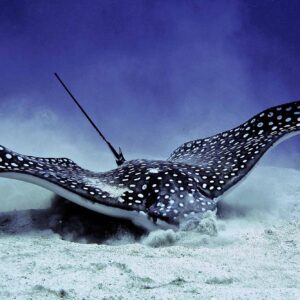
Up close encounters with eagle rays like this one are a common and always welcomed occurrence in Roatan.
Though they are part of the same MesoAmerican Barrier Reef system (the world’s second largest after Australia’s Great Barrier Reef) local conditions and reef protection efforts have a huge influence on the type of marine life that you see. We had always heard that Roatan is “fishier” and that laymen description is pretty fitting. In contrast to Utila, Roatan is teeming with life. Schools of fish, large and small, groupers, triggerfish, gobies, blennies, filefish – if you can name it, you will see it when diving Roatan. Eagle rays and sea turtles – hawksbill, green and even the occasional loggerhead – are almost guaranteed if you’re getting in at least a couple days of fun dives.
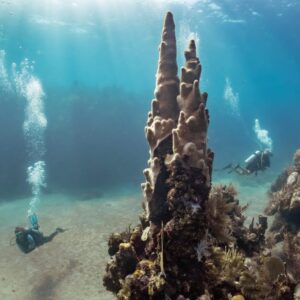
Thriving pillar coral like this one can be seen in abundance on Utila. Photo credit: Gil Sassi
What Utila lacks in its fishiness, it does make up for with its coral. We were consistently captivated by colonies of thriving pillar coral towering majestically with their polyps swaying in unison with the surge. Enormous elkhorn are the perfect focal point for photos, sun rays shining down upon them as if from the heavens (cue angelic singing). The coral life really is a sight to see.
We’ve always heard Utila is where you go to see the pelagic life in this region. Nurse sharks were certainly more prevalent than in Roatan, but the much sought-after whale shark remained elusive, and we were told that had been the case for much of the year.
Dive Site Variety
Both Roatan and Utila are fortunate to have a fringing reef, encircling the islands and allowing for diving on all sides. But with an area of 32 square miles, Roatan is almost twice the size of Utila equating to more reef to explore and a wider variety of dive sites. There are literally hundreds of Roatan dive sites around the island with a wide variety from wall dives, macro, swim throughs, wrecks and more.
Dive Center Culture
One of the more striking differences between Roatan and Utila is the dive center culture. Most dive centers in Utila are focused on being training centers for those who’ve decided to buck the traditional path to professionalism and pursue an exciting and adventurous career in the dive industry. They offer longer-term lodging accommodations with zero to a hundred packages for people who need to work from the beginner level to a professional track.
This translates into an energetic and international vibe from throes of young people who are incredibly passionate about the ocean and diving. As a fun diver, you sometimes can tag along on the training dives at a discounted rate.
This also translates into a need for bigger boats to accommodate more students in addition to fun divers. Bigger boats, usually means slightly longer travel times and many of the shops have an early-morning departure time of 7:30 a.m. compared to 8:30 a.m. or 9:00 a.m. more typical on Roatan.
So, prepare yourself for some bleary-eyed dive trips in Utila, especially if you want to take advantage of its well-known night life.
Island Night Vibes
As a mecca for youth who are seeking the sea as a way out of the normal nine-to-five corporate culture, it’s no surprise that Utila is also known as the “party island.” As one of our divers stated, “I felt like an old man.” And he was only 30 years old!
But ‘age ain’t nothin’ but a number’ and if you’ve got the energy, Utila’s got the night vibes. A stop off at the famous (or infamous) Skid Row to witness – or even participate – in the guifity challege is a must. What is the guifity challenge you ask? Well it involves copious amounts of local, herbacious alcohol and spinning until you want to yak – all for a free Skid Row shirt. Totally worth it, right?! Full Moon parties celebrating recent Divemaster and Instructor certs at the Jade Seahorse are known to be a good time. And Underwater Vision’s Trivia Nights are a who’s who of DMTs and instructors in the making.
Would you do this for a t-shirt? Not gonna lie, we might!
By contrast, Roatan’s party crowd is a more mixed demographic. It’s young and old, local and expat, and pretty much always a good time though there’s probably a lot less “swiping right” opportunities than on Utila if you catch our drift. There are monthly EDM dance parties by the beach at Tequila Jack’s in Brisas del Mar, live music and music trivia nights weekly at the iconic Sundowners Beach Bar (next to Sun Divers), late night dancing at Frank’s Hideaway and many, many more beach bar hangouts in between. We LOVE weekends at the Roatan Island Brewing Co. – I mean, where else can you find a killer brewery in the middle of a tropical rainforest? And the Roatan Local Market rotates locations and creates a cool hangout spot where you can also support local small businesses.
Accommodations & Remote Work Challenges
Lodging options is probably one of the starker differences between Utila and Roatan. While Roatan has something for everyone from hostels and dorm rooms to boutique hotels and luxury vacation rentals, options in Utila are a bit less varied. Looking for a place to stay in Roatan? Contact us for our list of “diver approved” lodging options for every budget size.
People often describe Utila as a backpacker locale, and the lodging options show why. There are many hostel options, budget AirBNBs, but luxury or boutique accommodations are very limited. We stayed at one of the newer hotels called
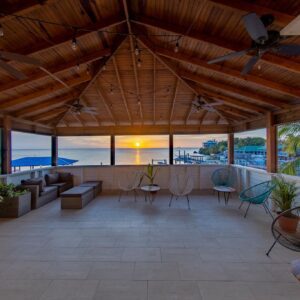
Roatan Beach Desk is one of the places where you can work in both beautiful and functional spaces.
the Manurii Boutique Hotel and found it to be a beautiful little boutique oasis that we’d happily return to – though one of us (who’s 6’4”) would appreciate a hotel with a king bed.
While we were there solely for vacation and happy to disconnect, we experienced a few long-lasting power outages that we noted would make working remote from Utila quite challenging. We were told that daily power outages could be expected and that sometimes there are days when you only have a few hours of electricity. This can be an excellent forcing function for anyone who needs to learn how to disconnect and live in the moment, but would present challenges if you’re looking to work while you get your wanderlust in.
We find Roatan to be the perfect paradise for digital nomads with many accommodations providing high speed cable internet and infrequent and usually scheduled power outages.
So how to choose?
Don’t! Visit both and contrast and compare for yourself!
But if you have to decide, think about what element of travel is most important to you and which island is going to fulfill that best. Maybe you want to dive hard and play harder and need a night life scene that can meet your night owl tendencies. Or you have a certain living standard you want to meet wherever you rest your head and want a wide variety of dive experiences on the daily.
Wherever you choose, we promise the Bay Islands will not disappoint and you’ll only leave wanting to come back for more.
Looking for more personalized advice to help plan your dive trip? Feel free to contact us for more details on diving and vacationing in Roatan and the Bay Islands.
Remembrance and Restoration: The Story of The Chief’s Quarters
The Chief’s Quarters is more than just a dive site on a map. It’s a remembrance of a great man who was a medaled Navy officer and lover of the sea. It’s also a site that is a training ground for new scuba lovers, an exploration ground for experienced divers and the birth site of many new coral colonies as the designated out planting site of the Roatan Marine Park Coral Restoration program. Here’s what makes The Chief’s Quarters special to Roatan and to the people who dedicated it to our dive community.
How The Chief’s Quarters came to be
Like so many of us, Roatan is Dave & Amy Canaan’s happy place. When they decided to make Christmas gifts more about experiences than presents, their daughter Madison chose for the family to get Open Water certified in Roatan. Now its their home away from home; where they’ve made many happy family memories and have connected with many newfound friends! And come 2022, Roatan will become their actual home – just to give you a sense of how much they love this place!
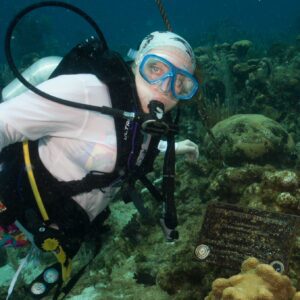
The Chief’s granddaughter Madison at the dive site dedicated to her grandfather.
And while they’ve been fortunate to share this happy place with many friends & family, the one person they never got to share it with was Dave’s dad, Richard Canaan – the very person who inspired Dave’s love for the ocean.
So, while Dave and his family couldn’t share Roatan with Richard in life, he decided they’d share it in spirit. On February 23, 2018, the Canaan family dedicated the site to his father through the Roatan Marine Park’s Name a Dive Site program.
The Name a Dive Site program offers people a way to demonstrate their commitment to Roatan’s community while honoring loved ones. It also supports the RMP Marine Infrastructure Program funding the installation of mooring lines that help increase diver access to the Mesoamerican Reef in Roatan, while decreasing mechanical damage to the reef caused by anchoring.
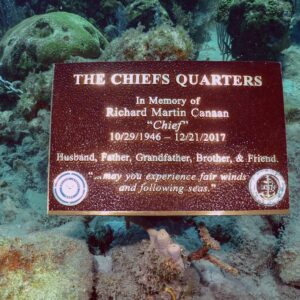
The Chief’s Quarters dedication plaque.
The dedication of the site included the installation of a plaque that sits at the base of the mooring line reading “…may you experience fair winds and following seas.” According to the Department of Navy – Navy Historical Center: ““Fair Winds and Following Seas” is really two quotes originating from different sources. The two quotes are a nautical phrase of good luck–a blessing as it were–as the person, group, or thing it is said to departs on a voyage in life.”
Over the years, Dave and Amy have shared the site with many of Richard’s loved ones including a group of 49 friends and family members who took a cruise to Roatan and were able to snorkel and dive the site. Recently, Dave’s sister Wendy did her Discover Scuba Diving experience, getting to connect with the memory of her dad and the ocean that he loved from the beautiful depths below. She’s now on her way to becoming Open Water certified.
Meet ‘The Chief’
Richard Canaan was a husband, father, grandfather, brother and friend. He was also a diehard Kansas City Chiefs fan and a Navy man, earning the patriarch of the Canaan family the nickname and title of ‘The Chief.’
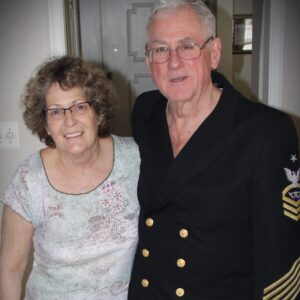
Richard Canaan, a.k.a. The Chief, with his wife Gayle Canaan.
The Chief who dedicated 22 years of his life to the U.S. Navy and then another 22 years in the Civil Service, was stationed in Japan, Norfolk, VA., San Diego and Port Hueneme Calif., and Jacksonville, FL.
One of Dave’s fondest memories is flying to Hawaii as a young boy (twice) and sailing on the Navy ships with his father back to San Diego.
Richard was always a proud Navy man who would stop and talk to any other fellow Navy man regardless if it was a grizzled old vet like himself or someone newly enlisted. He could always be seen wearing a navy hat from one of his service stations or drinking coffee from a cup emblazoned with a ship on which he had served. Right up to the day that he lost the fight with Alzheimer’s he was always Navy proud. He might not have remembered everything he did for his family, friends, and Country, but we will never forget.
Why we love The Chief’s Quarters
We like to say we’re more than a dive center, we’re a community center for diving fanatics. And Amy and Dave have been a longtime part of that community, fun diving many times a year and supporting our team from afar when the pandemic had put a halt on the fun.
Over the years they have become as much a part of our family as we’ve been of theirs. And the Sun Divers team has been honored to get to be there for so many fond memories, including those that have happened at The Chief’s Quarters. Which is why the site means a lot to us.
But “Chief’s” as we call it, is a Roatan dive site that means a lot to the whole community. That’s because Chief’s Quarters is a dive site that’s perfect for everyone: snorkelers, new divers and experienced divers. The mooring line sits on a sand patch at 20 feet which offers an expansive area for instructors and students to perform Open Water and Advanced Open Water skills, and at night it becomes the perfect place for divers to safely shut off their lights and become bewitched by the bioluminescence phenomenon The String of Pearls.
From there it gives way to long and slowly descending plateau at 40-50 feet, and then the wall that drops to 120 feet before it hits another sandy decline. It’s a common area to spot both Hawksbill and Green Turtles.
And its memorial plaque is diligently protected by Threespot Damselfish. Like a good mate, he’ll dash out and squawk at you for even laying so much as a finger on The Chief’s plaque. It’s always hard not to LOL underwater at the fishes’ hyper territorial protectiveness. Dave and Amy are convinced there is a little bit of the “Chief” in that fish who can be a bit ornery!
The Chief’s Quarters is also an important site for the future of the Mesoamerican Reef. It is the designated out planting site for The RMP Coral Restoration Program since it meets the optimal depth requirements for Elkhorn and Staghorn. Since June 2020, restoration efforts have yielded out-planting of 340+ fragments.
In September 2021, Amy decided she would become a certified Coral Ambassador. She was excited about the opportunity to leave the Roatan reef a bit more beautiful (and healthier) than she found it, but she was ecstatic when she learned that the very place these activities would happen was the site dedicated to her father-in-law.
Want to check out The Chief’s Quarters for yourself?
Contact us to plan your next diving trip in Roatan. “Chief’s” as we call it will likely be one of the many spectacular Roatan dive sites you have the chance to explore.
Want your own dive site?
Interested in memorializing someone you love – or just your love for Roatan and diving? Consider supporting the Roatan Marine Park’s Name a Dive Site program. You can find more details here.
The spell of the silversides
Roatan offers such an amazing variety of dive sites that are accessible all year. Each site has its own unique features from towering walls, steady drifts, and deep caverns… often, all three and more.
But, during brief windows of time, some of the sites are punctuated with a once-a-year bonus. During the month of August, we experience one of the coolest phenomena: the spawning of Silversides.
What’s so cool about Silversides?
Silversides by themselves are an inconspicuous fish about two inches long with a white-silvery sheen. However, during their annual spawning, the silversides will form massive schools in sheltered areas of the reefs. They will take up residence in some of the many swim throughs and caverns prolific around Roatan.
This experience can be mind-blowing to divers. Imagine entering a swim through…The rays of sun light fight through the many cracks and holes creating lustrous streaks that reflect off the bottom. As you get further into the cavern you begin to see the streaks of sun broken up by flashes of light in every direction. Soon, you are surrounded by a mesmerizing light show as the schooling silversides surround you. They simultaneously block the light from above and reflect it in constantly evolving patterns. As you swim through the school, the fish will open up a small tunnel while still flashing their disorienting shapes.
The ever-evolving synchronized movements combined with the flashes of light have engulfed you in their spell. Before you know it, you have spent twenty minutes in one place – losing all sense of up, down, forwards, and backwards – but you are loving every second of it.
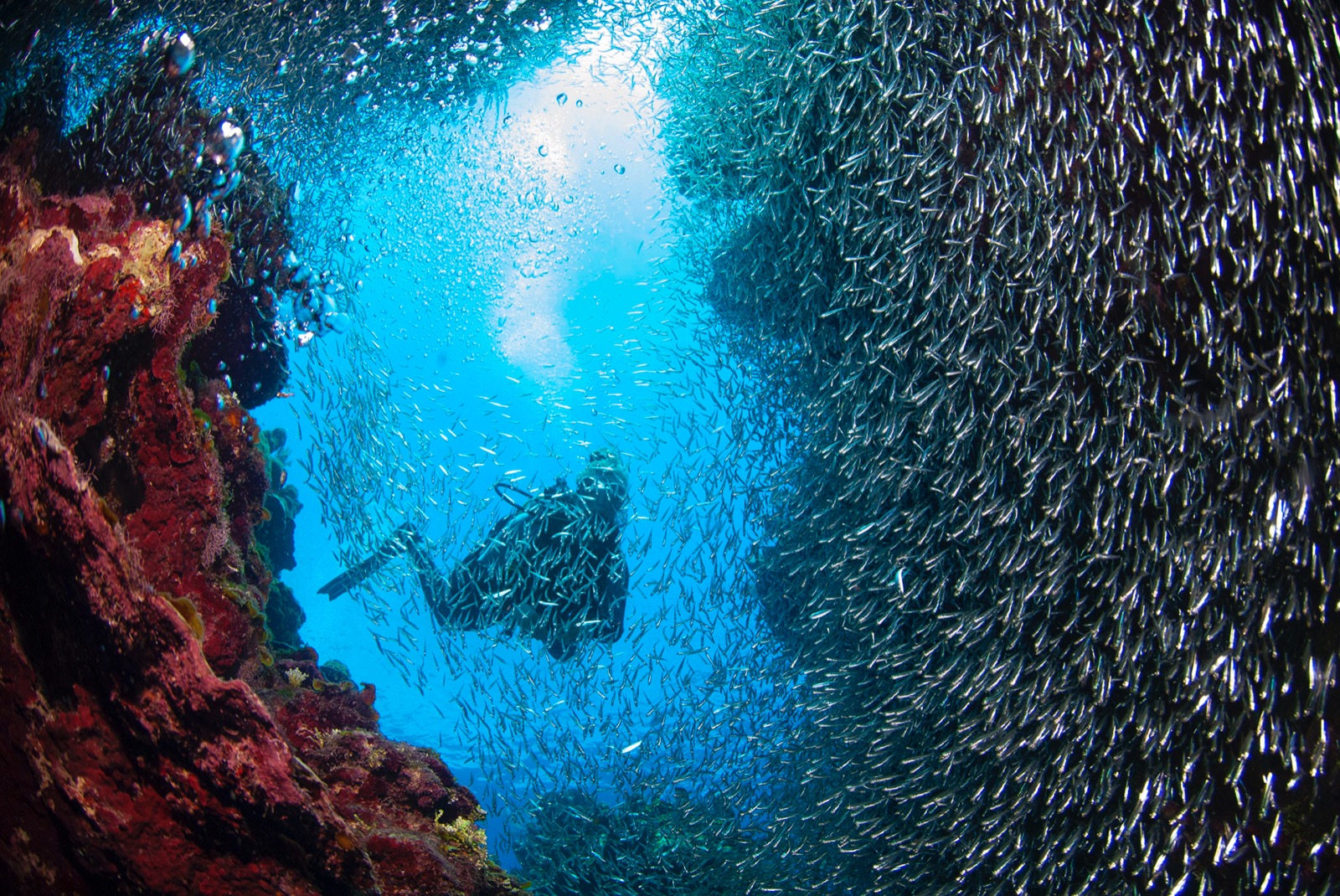
©️ Antonio Busiello
Why do Silversides just appear?
Scientifically speaking, the silversides are here for a reason. Millions of the Atlantic silversides will swell together for their annual spawning May-July. About five to 20 days later, newborns are hatched in what is called “broadcast spawning”. They travel in massive swells of schools as a form of protection and fill many nooks and crannies of the Mesoamerican reef for refuge. The silversides will feed on fish larvae, eggs, and zooplankton. Each fish is about two inches long, but the schools can feel like they go on forever. Their lifespan, unfortunately is much shorter. They can live up to two years, but many live for one as they also serve as a primary prey from larger fish and squid on the reef.
Where can I find schools of Silversides?
Some of the most popular spots for silversides include Blue Channel, Dolphin Den, Mary’s Place, Spooky Channel and more. But the schools can materialize overnight in any of the many caverns around the island.
Want the Silversides to put a spell on you?
Sun Divers will make sure to include these sites in your itinerary during your stay in August.
Contact us to plan your trip today.
Shark! Your sighting can help science
Sharks: a bucket list sighting for almost any diver, striking fascination and sometimes a small dose of fear in the hearts of us all. We’ve spotted three scalloped hammerheads on dives in just two months, making us more than a bit obsessed here at Sun Divers. And we’re not the only ones.
A new passion project in Roatan supported by the Roatan Marine Park and headed by Simon Gulak, shark biologist and founder of Sea Leucas, aims to shed some light on the little known life of sharks here in Roatan and the greater Bay Islands.
Share your shark sighting
The moment is magical. You hear the tank bang and direct your gaze to the blue. At first it’s a shadow and then there’s that undeniable dorsal fin. If you’re an underwater photographer you’re scrambling to not be all thumbs. If you’re not, you’re likely fixated. Witnessing firsthand the power and finesse of the ocean’s apex predator in the wild is something you never forget.
It’s an experience you want to share with everyone. You’ll no doubt talk about it. Post about it. Hopefully add it to our “Best Sightings of the Month” board. And now you can also share your sighting to help build the first shark count database in the Bay Islands.
Sightings help science
Honduras designated all 240,000 square kilometers of its waters as the first shark sanctuary in the Americas in 2011. Yet, we know very little about shark life, behavior and abundance (or lack thereof) in Roatan and the Bay Islands.
Limited data means limited ability to protect these beautiful creatures who are not only crucial to the health of marine ecosystems, but have been proven to be of more value to our economies when they’re alive and thriving than served on a menu.
One of the most important data points that can help protect sharks is simply establishing a baseline of their abundance. This baseline is something that does not exist in Roatan and the Bay Islands….yet. RMP and Sea Leucas have established the first ever database for shark sightings with the hopes that the entire community will contribute.
Adding your sighting is simple. Just visit the RMP Shark Sightings page to submit information about your sighting including when, where and what species was seen.
Sightings to date have included scalloped and great hammerheads, oceanic white tips and silky sharks.
What will we spot next?
The best way to find out is to dive in!
To E-Learn or Not to E-Learn?
That is the question that a lot of people have when first considering achieving a PADI certification. But, like most things in life, there isn’t a one size fits all approach to SCUBA diving certifications. And that’s actually a good thing, because it allows you to personalize your diving education journey.
So how do you know if E-Learning is right for you?
Consider three things when deciding if you should opt for the PADI E-Learning vs. a full course at your dive center of choice. 1) your personal learning style, 2) your vacation length and 3) your budget.
But, before we dig into whether E-Learning is right for you, it’s probably best that you understand exactly what your options are! We’ll use the PADI Open Water course to highlight the differences.
The PADI Open Water Diver course includes three parts:
Knowledge Development, Confined Water Dives, and Open Water Dives. Knowledge Development covers the principles, concepts and terms you need to know for dive safety and enjoyment. During the Confined Water Dives, you learn and practice scuba skills in the shallow waters of our bay (other dive centers might use a pool). Then, to complete training, you will apply and demonstrate what you’ve learned through four Open Water Dives upon the beautiful Roatan reef.
Confined water skills might not be required for the certification program such as Advanced Open Water or Specialty Certifications.
There are two ways to approach the Knowledge Development portion of all PADI certification programs:
One is through PADI E-Learning which is an online training platform that includes a mix of written education and videos. The knowledge reviews, quizzes and final exam that you’d normally take on site at the dive center are administered for your completion online prior to show up to the dive center for your course. When you start the in-person part of the course with your dive center, they will administer a set of questions for you to answer known as a “Quick Review.” This allows the instructor to see where there might be knowledge gaps that they will then help fill through discussion with you.
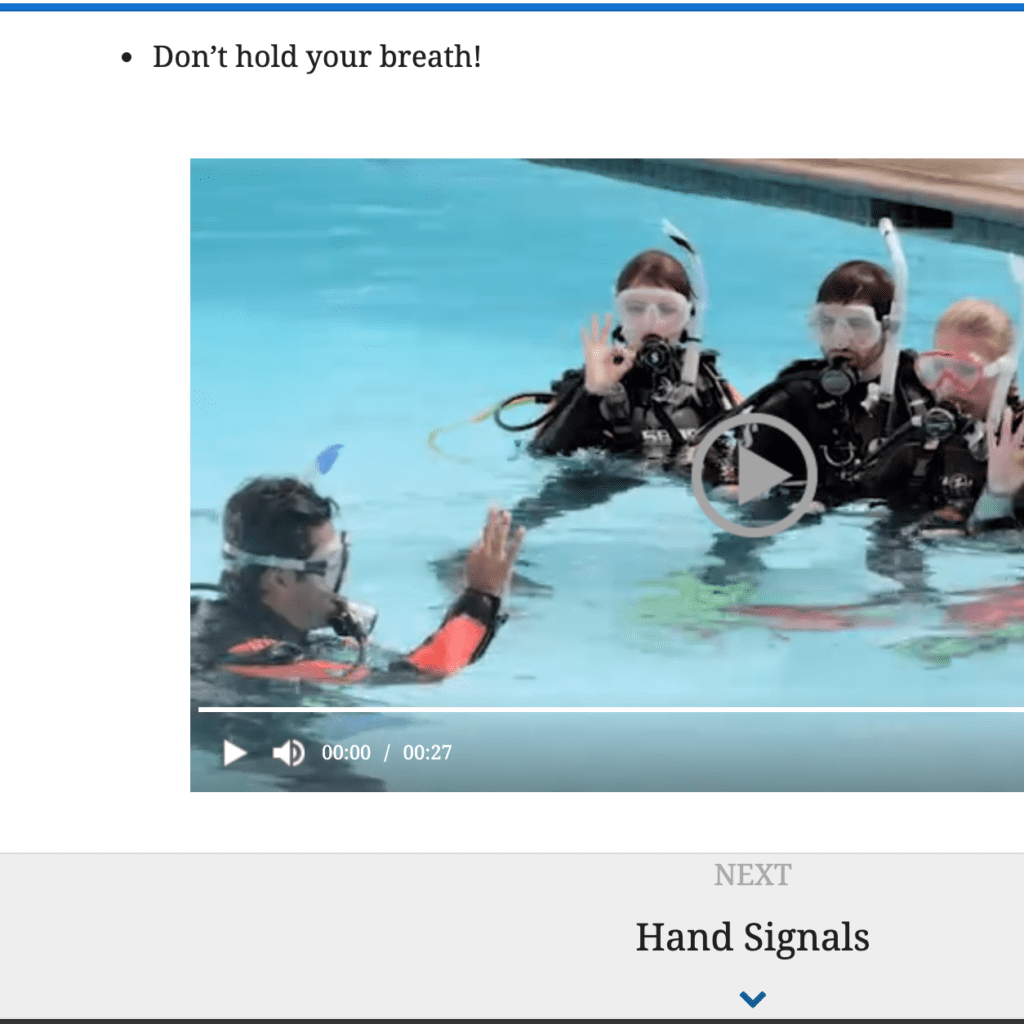
Screenshot of the multimedia PADI E-Learning platform
The second option is to take the “Full Course” at your dive center. With this option, you read a hard copy manual and answer the knowledge reviews in advance, and also must watch a series of videos. You then review the content of each of the five knowledge development sections with your instructor. With this option you’ll be able to ask more questions and hear anecdotes from your instructors experience that provide additional context to the theory. Quizzes are taken on site and reviewed with your instructor, as is the final exam.
With both options, you still must complete the confined and open water skills in person – there are just some things that can’t be done in a virtual world (yet!).
Is E-Learning right for your learning style?
Spoiler alert: Learning “styles” are a myth! Many of us have probably been told that we are either predominantly a visual, auditory and kinesthetic learners. And that when trying to process and learn new information, it should be taught to us in the style that’s our dominant learning style.
Cognitive research today has thoroughly debunked this myth. Plus, the PADI e-learning platform is an engaging mix of reading, informational images / graphics and videos hitting on both visual and auditory learning. Combine that with the kinesthetic confined and open water skills and you’ve used all senses to learn.
So if you think e-learning is not for you, you might just think again. Unless you just really prefer the experience of a “real” book vs. more screen time.
Will E-Learning give you more time to enjoy your vacation?
Absolutely. A typical full course will take 3 – 3.5 days to complete based upon your own rate of progress. E-Learning typically takes 2.5 – 3 days. That means more time for you to maximize your vacation – either moving on to fun diving after certification or freeing you up to incorporate other activities into your vacation.
Does E-Learning Cost More?
In short, yes. But as the saying goes, “time is money” and it’s just a matter of how much your time – especially your vacation time – is worth to you. Compare E-Learning prices here to decide whether it’s worth it to you.
Now that you know some of the differences between E-Learning and PADI’s traditional methods of instruction, it’s time to decide which is right for you. Still have questions? Don’t hesitate to reach out and ask!
The case for coral nurseries in Roatan
As you make your way for your safety stop at Seaquest, all of a sudden it comes into focus: An underwater forest of manmade tree-like contraptions. Little bits of coral dangle from these metal ‘trees’ like Christmas ornaments. What you’ve happened upon is the Roatan Marine Park’s Coral Restoration Nursery. The nursery is a super cool location to spot slender file fish, squid squads and even turtles and eagle rays – but it’s purpose is even cooler than that. The nursery is designed to ‘grow’ coral fragments that can then be outplanted onto the reef in order to increase coral coverage with more resilient coral species.
Wait – how do you grow coral?!
First it starts with the coral fragments. Broken bits of Elkhorn, Staghorn and Prolifera coral (which is a hybrid of the two) are recovered from the reef and then hung from the trees. Here they can avoid predators such as fireworms and snails while benefiting from increased sunlight and well-circulated water free flowing amongst the trees.
Much like a plant nursery, these smaller fragments are essentially nursed back to health (pun intended!), so that they can grow into larger, stronger fragments that will survive being outplanted back onto the reef. The more mature corals are then taken to the Roatan dive site Chiefs Quarters where they are “planted” using two-part epoxy. Many times they are positioned near existing coral colonies of the same species which indicate that the location is an area where the coral transplants will thrive.
Why do corals matter anyway?
Reefs cover only .2% of the ocean floor yet sustain 25% of marine life. They also contribute greatly to our lives providing recreation, billions of jobs and coastline protection. Not to mention, the joy, peace and exhilaration we experience when we get to connect underwater to the beauty of the reefs.
That’s a pretty big job for such a small population of coral. Yet, this all-too-important and already limited ecosystem is under attack from warming sea temps, diseases such as Stony Coral Tissue Loss Disease damage from ships of all kinds, and destruction from construction such as port dredging.
As coral coverage diminishes, so will the home to thousands of species of fish, invertebrates, marine mammals and more. So will our ability to spark joy from exploring the reef while scuba diving. And so will the protection from storms and erosion, as well as the foundation for billions of jobs worldwide.
In short, a world without corals is not one we’re excited about living in or raising our children to have to struggle with.
What’s the coral situation in Roatan?
The MesoAmerican Barrier Reef in Roatan is under the same catastrophic stressors as reefs around the world. To help offset the loss of coral colonies seen here on the island, The Roatan Marine Park has developed a nursery with 20 trees. Since the nursery’s installation in 2019, over 300 coral fragments have been outplanted. The next steps: continuing to expand the program, while also monitoring the outplanted coral for future growth and spawning (to ensure corals are self-propagating).
So now you’re saying ‘Cool, I want to help plant coral!’
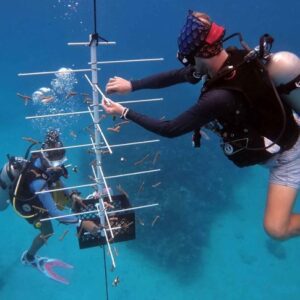
Sun Diver team members Nick Griffiths and Ana Meza attach coral fragments to a tree.
You’re in luck. Divers have an opportunity to become volunteers through the Coral Restoration Ambassador program. As a Coral Restoration Program Certified Dive Center, we can certify you so that you
can perform basic tree maintenance, help repair trees that have been damaged from storms and surge, and even assist with outplanting and data monitoring. There are two certification levels and the course can be completed in just a couple days. Learn more about how to become a certified RMP Coral Ambassador.
If you’re not on the island and won’t be anytime soon: what are you waiting for? Book your ticket!! But you can also support form afar by donating to RMP’s program. Donations help fund nursery operations, permits to keep the program running, and ongoing analysis to improve future program decision.
Okay, so what is the String of Pearls?!
So you just finished your first Roatan night dive and experienced the globally rare “string of pearls” phenomena. The only thoughts that go through your mind are “have I entered the Matrix?” or “Who spiked my water?”.
Check out this cool TED Talk by bioluminescence specialist and Ocean Research and Conservation Association founder Edith Widder.
What you have seen can only be described as mind-altering and, possibly, life changing.
Imagine yourself in complete darkness. Each flurry of movement sends “sparks” through the water. The light gives you the sense of racing through the universe surrounded by a galaxy of stars. You are already amazed at the experience – THEN the magic happens – your eyes begin to focus on the strings of sparkling lines of brilliant green lights that flash in concert throughout the water.
So what is it that you’re exactly seeing?
The legend of the “String of Pearls” has a many homegrown explanations. The most common is simply that no one really knows what they are. While that isn’t completely true, sometimes the marvel of the experience is simply more romantic without knowing the details.
The truth of the matter is that there is real romance involved.
The real story behind the “String of Pearls” starts with a microscopic crustaceans
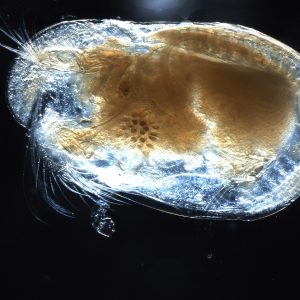
Ostracod
called Ostracods. These tiny creatures emerge from the depth about an hour after sunset to begin their bioluminescent courting ritual which consists of males excreting strings of “vomit” blobs of bioluminescent mucus – all in the name of love… And the Ostracod chicks dig it!
Each of the strings produce an intricate series of vertically progressing flashes to attract non-luminescent females of the same species. The displays typically consist of nine to 13 pulses, three bright, longer pulses followed by six to ten dimmer, quick pulses. The length of each train of displays is typically 50 to 70 centimeters with each pulse lasting a second or less and ranging from millimeters to centimeters apart.
Divers who experience this amazing sight often struggle to describe what they just experienced but are aware that what they witnessed was uniquely Roatan.
Now you’re asking yourself… how can I see the “String of Pearls”?
Every night dive will be a thrilling adventure but take a glance at the moon stages. If you happen to be on the island when there is a new moon (ie. No moon), your chances just increased dramatically. Check out more on our night diving at Sun Divers Roatan here.


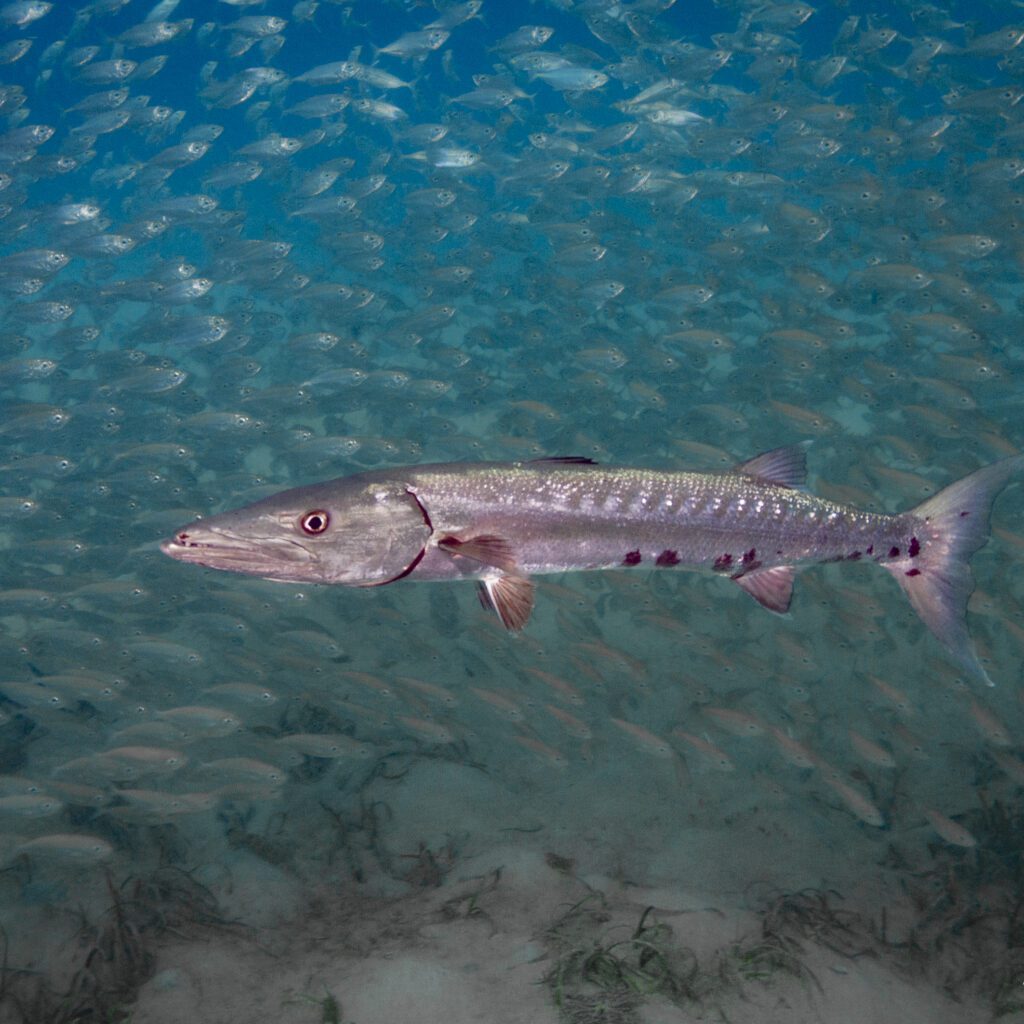
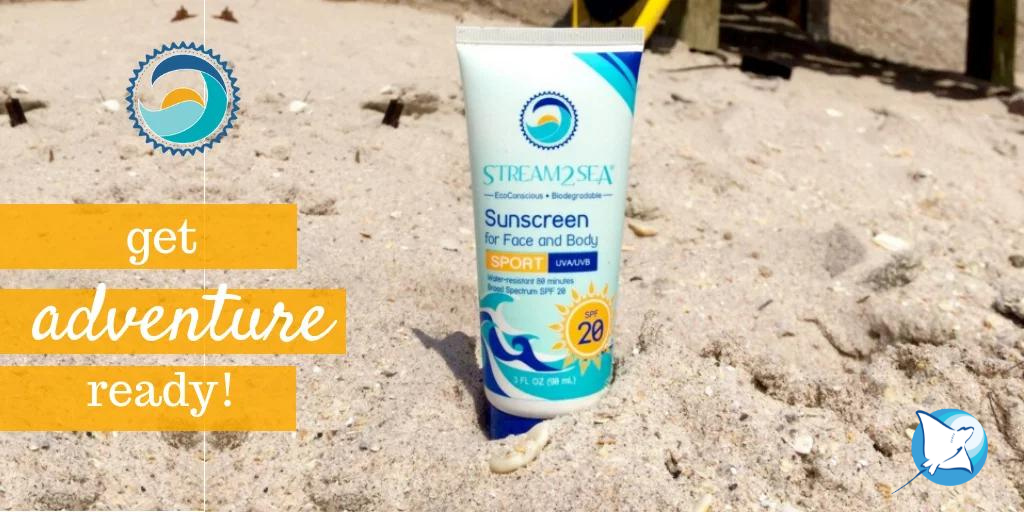
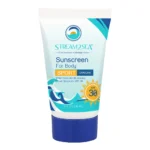
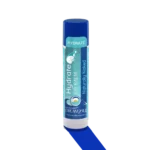
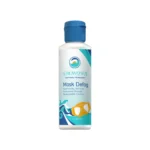
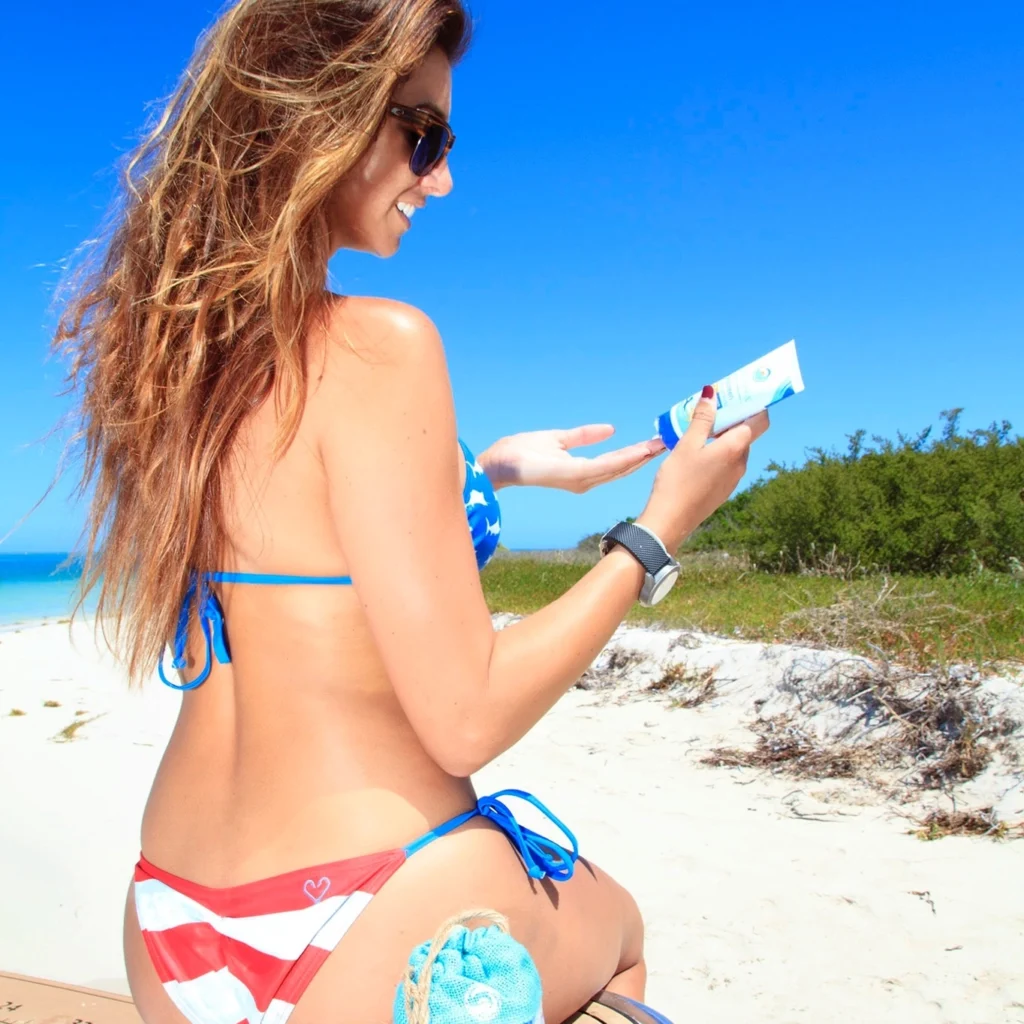
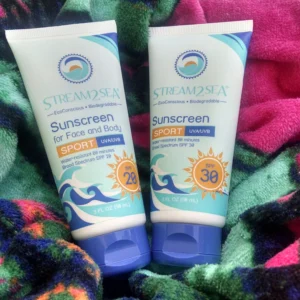 that you can be good at business while also doing good, by prioritizing purpose as much as profits.
that you can be good at business while also doing good, by prioritizing purpose as much as profits.